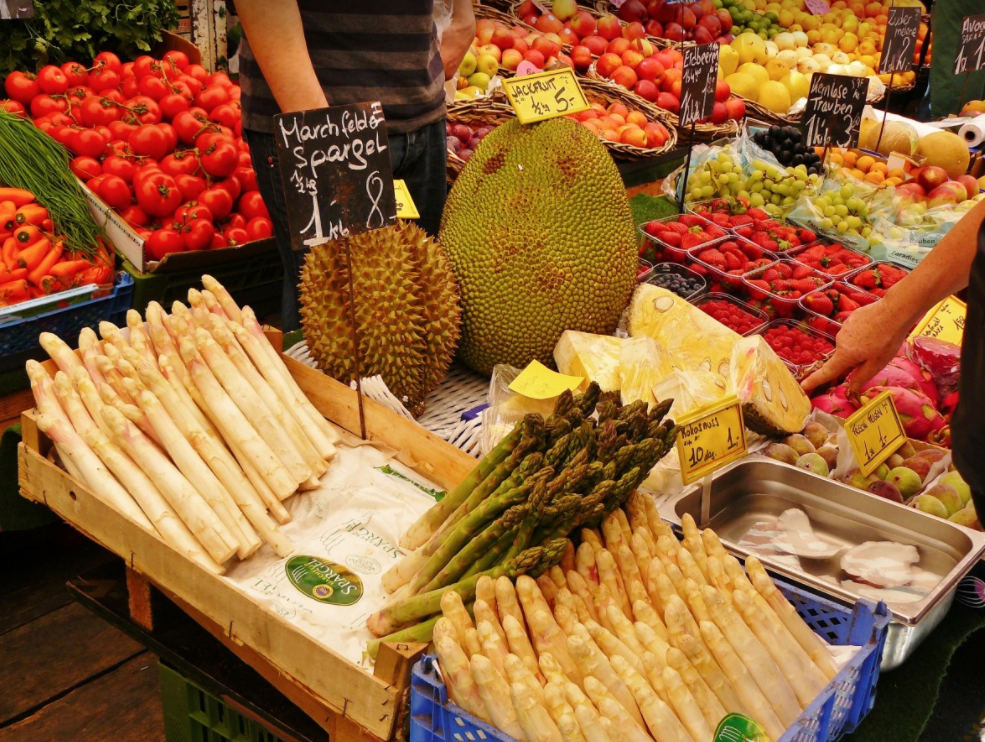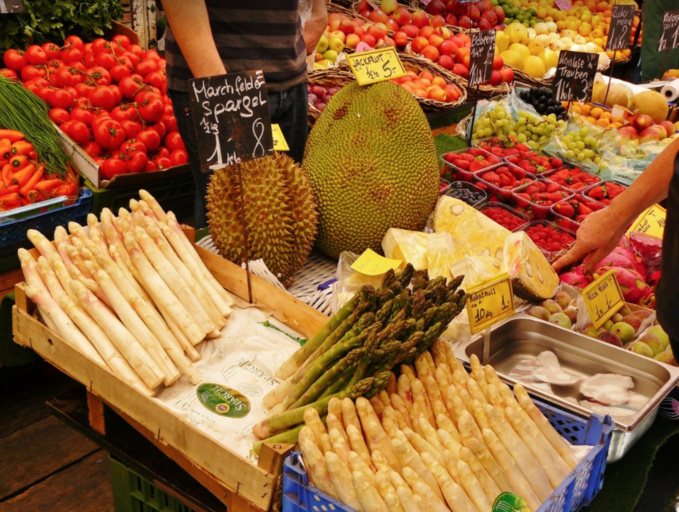The FAO General Food Price Index rose to 105 points for the month, or 4 points (3.9%) by October. The index reached its highest level since December 2014, and monthly growth was the fastest since July 2012, the release notes. Prices rose in all categories, but vegetable oils rose the most.
The FAO Vegetable Oil Index jumped 15.4 points (14.5 percent) by October to 121.9 points, a record high since March 2014, according to the release. The rise in palm oil prices is associated with a reduction in stocks as demand remains strong, the organisation says.
The sugar price index in November was 87.5 points, 2.8 points (3.3 per cent) higher than in October; the index has been growing for the second consecutive month. The index was supported by data supporting projections for lower production in 2020-2021, namely adverse crop expectations in the EU, Thailand and Russia due to weather conditions, as well as the impact of a hurricane that damaged sugar cane plantations and infrastructure in Nicaragua, Honduras and Guatemala.
The Cereal Price Index increased by 2.7 points (2.5%) to 114.4 points last month, with annual growth of almost 20%. Wheat prices supported expectations of lower exports and negative crop forecasts in Argentina. Corn prices rose due to active purchasing by China and forecasts of declining production in the United States and Ukraine, the report said. At the same time, rice quotations did not change: lower supply from Asia compensated for the low demand, the organization explained.
Price indices for dairy products and meat rose by 0.9% each in November to 105.3 and 91.9 points respectively. The first index approached the record for a year and a half, the increase was due to the rise in butter and cheese prices due to steady growth in global import demand. The prices of beef, pork and mutton rose mainly due to demand from China. Poultry meat, on the other hand, became cheaper due to increased supplies in an environment of weak demand, according to the report.
source: un.org
The FAO Vegetable Oil Index jumped 15.4 points (14.5 percent) by October to 121.9 points, a record high since March 2014, according to the release. The rise in palm oil prices is associated with a reduction in stocks as demand remains strong, the organisation says.
The sugar price index in November was 87.5 points, 2.8 points (3.3 per cent) higher than in October; the index has been growing for the second consecutive month. The index was supported by data supporting projections for lower production in 2020-2021, namely adverse crop expectations in the EU, Thailand and Russia due to weather conditions, as well as the impact of a hurricane that damaged sugar cane plantations and infrastructure in Nicaragua, Honduras and Guatemala.
The Cereal Price Index increased by 2.7 points (2.5%) to 114.4 points last month, with annual growth of almost 20%. Wheat prices supported expectations of lower exports and negative crop forecasts in Argentina. Corn prices rose due to active purchasing by China and forecasts of declining production in the United States and Ukraine, the report said. At the same time, rice quotations did not change: lower supply from Asia compensated for the low demand, the organization explained.
Price indices for dairy products and meat rose by 0.9% each in November to 105.3 and 91.9 points respectively. The first index approached the record for a year and a half, the increase was due to the rise in butter and cheese prices due to steady growth in global import demand. The prices of beef, pork and mutton rose mainly due to demand from China. Poultry meat, on the other hand, became cheaper due to increased supplies in an environment of weak demand, according to the report.
source: un.org



















